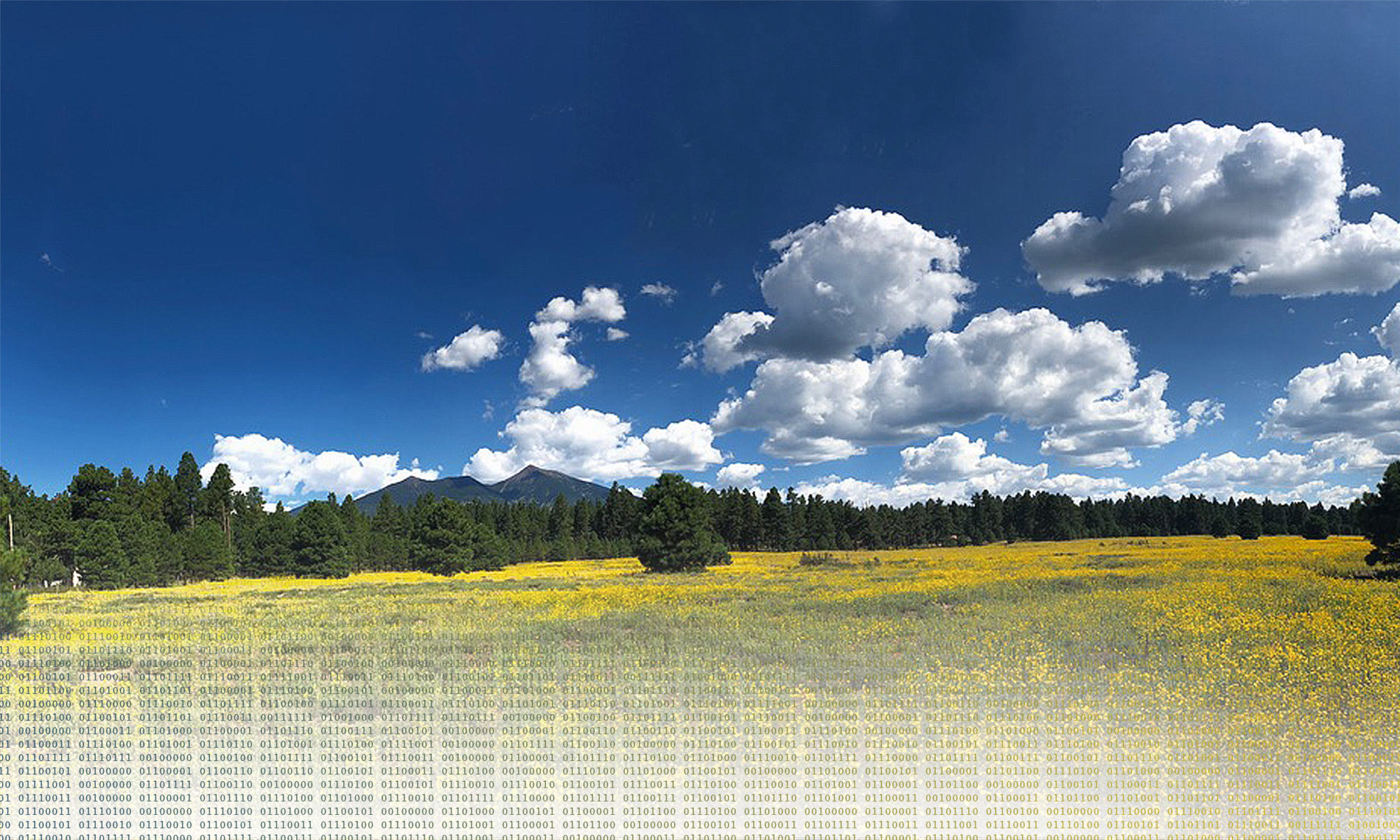CubeSats and cloud computing enable farm water conservation from space.
Kevin Tu is Research Scientist at Corteva Agriscience, where he develops digital solutions for farmers and crop breeding research using remote sensing technologies from drones to satellites. Prior to joining Corteva in 2011, Kevin was a postdoc and research scientist at UC Berkeley, wrangling stable isotopes to extract physiological information from eddy fluxes. He received his PhD from UNH where he contributed to the early stages of AmeriFlux.
Doubling of global food demand in the next 50 years combined with increasing weather uncertainties imposes a challenge of improving sustainable water management practices, particularly in the agricultural sector. Nearly half of the global crop production occurs on one fifth of the world’s farmland, due to the productivity benefits afforded by irrigation in dry but otherwise arable landscapes. While comprising only 20% of the world’s croplands, irrigated farms use upwards of 70% of the freshwater withdrawn from lakes, rivers and groundwater. Rainwater is by far the largest source of water used by crops, however, surface water (lakes and rivers) and groundwater are the critical sources of water in dry areas, where consumption in excess of rainfall is met by depleting groundwater or by importing water from distant regions. Population growth and agricultural expansion now occurring in dry regions implores farmers to use water conservatively in ways that can allow for sustainable freshwater availability across agricultural, industrial and domestic needs. Variable rate irrigation offers the potential to increase water use efficiency, maximize the ‘crop per drop’ and reduce grower costs. However, growers tend to use subjective methods to determine when, where and how much irrigation to apply. Quantitative soil moisture sensing is limited by the number of probes that can be installed in a given field, notably during a short 2-3 week window after planting but before irrigation begins. Recent advances now make it possible to overcome many of these limitations by providing real-time daily evapotranspiration and soil moisture at sub-field scales using CubeSat satellites and cloud computing combined with gridded weather data and soil maps, providing the opportunity to improve farm water management and implement sustainable irrigation practices.

